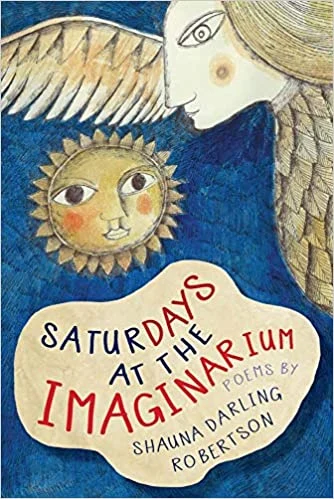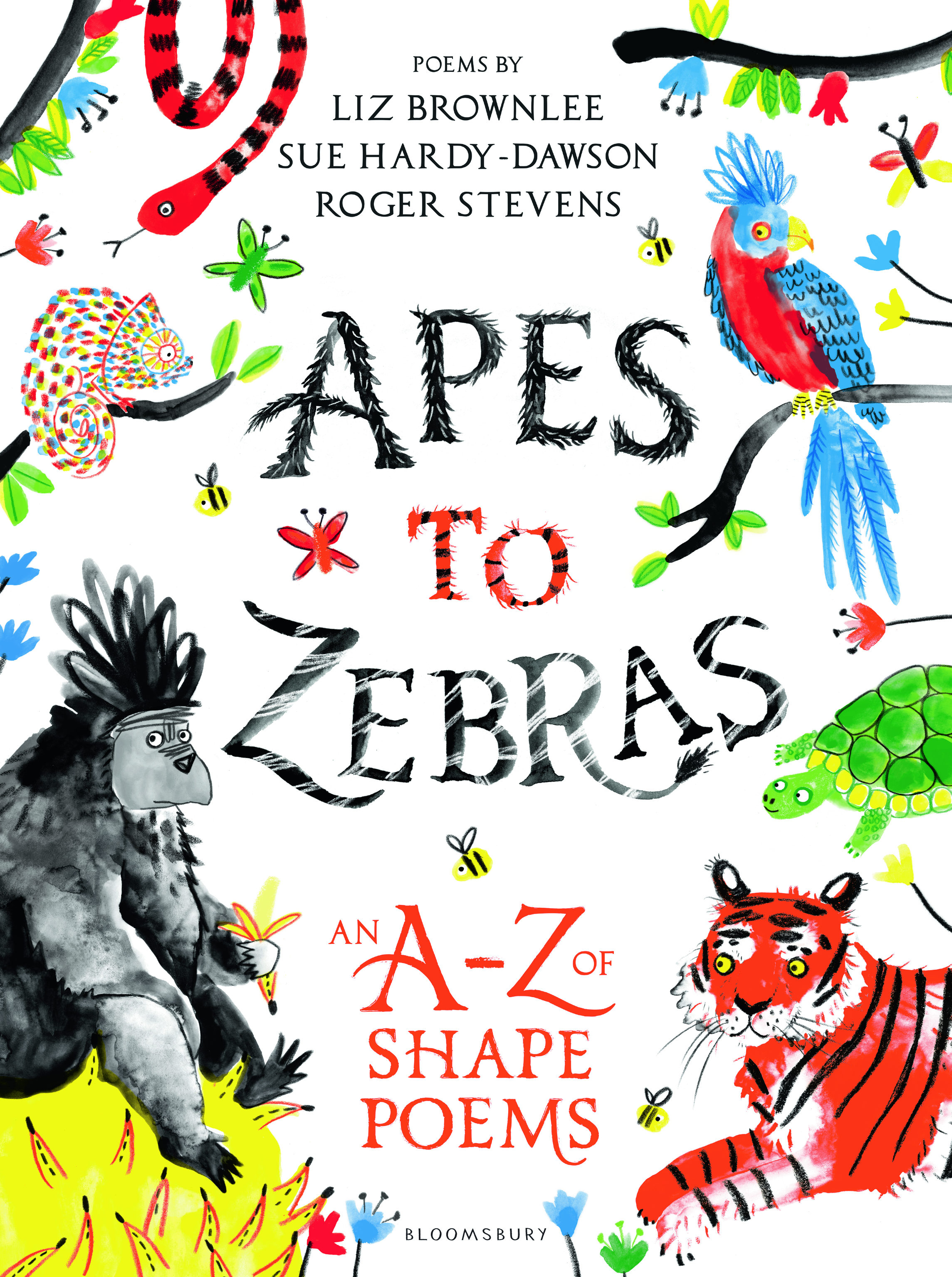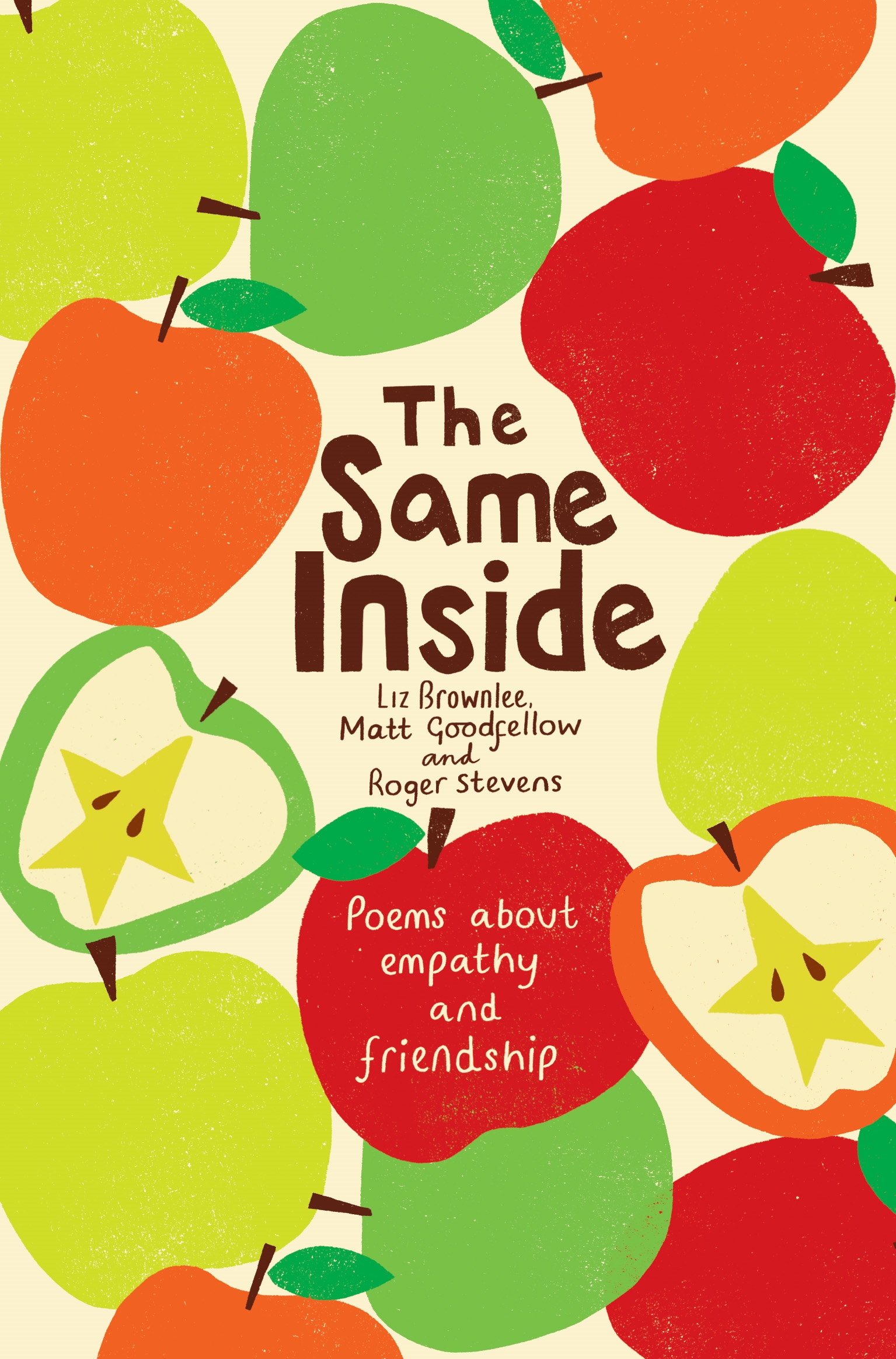Q is for Quelea
 A male quelea – taken by Alan Manson, creative commons license here.
A male quelea – taken by Alan Manson, creative commons license here.
.
Quelea
.
Flying in
shifting umbras,
a hurricane
flock of quelea
.
darkening.
.
All the air
winging,
.
their calls
the sound
of insanity.
.
A madness
only surpassed
.
by the roar
and flash
of a bomb,
.
and rain
of red feathers.
.
Liz Brownlee
.
Red-billed Quelea are small weaver birds that live in the centre of Africa. They are the most numerous birds in the world. A single flock can number millions and take 5 hours to pass overhead, blackening the sky.
They eat seeds – they prefer wild grass seeds, but will descend on farmers’ fields and can strip whole farms of their crops in minutes.
Not surprisingly they are greatly feared, and are killed in numerous ways in defence. Poisons that kill birds are used which can affect more species than just the quelea, including humans.
The most spectacular ways they are killed are by petrol bomb, or with flame-throwers. There are so many birds that these methods are not particularly effective, except at affecting other birds which can ill afford to lose members of their species.
Old-fashioned methods, like scaring the birds with noise and drums are labour intensive, can take children from school studies and have also been shown to be ineffective.
It is known that keeping weeds among crops under control does help, as the birds prefer wild seeds and the crops are taken simply because they are there.
New initiatives are experimenting with using the birds as a crop themselves, as they are a good source of protein – this method has potential. It will be much less dangerous than blowing up petrochemical bombs and will be much more environmentally friendly.
Hopefully caution will be exercised – although the population of quelea is estimated in the billions, another species of bird that had similar numbers was brought to extinction in the USA. The last passenger pigeon died in Cincinnati Zoo in 1914.
All material except the photograph © Liz Brownlee
If you’d like to blog hop to another A-Z Challenge blog please press here.

























The locusts of the bird world it seems, Liz. Can’t say I’ve come across these birds before and was going to say how beautiful they were but your story shows another side. Learn something new every day.
LikeLike
What do they taste like cooked? It see=ms a better mthoe=d that any other.
LikeLike
Beautiful little guy! Great poem.
Connie
A to Z-ing to the end
Peanut Butter and Whine
LikeLike
Thanks, Connie! Coming to have a look now…
LikeLike
I like animal pics! Adorable!
LikeLike